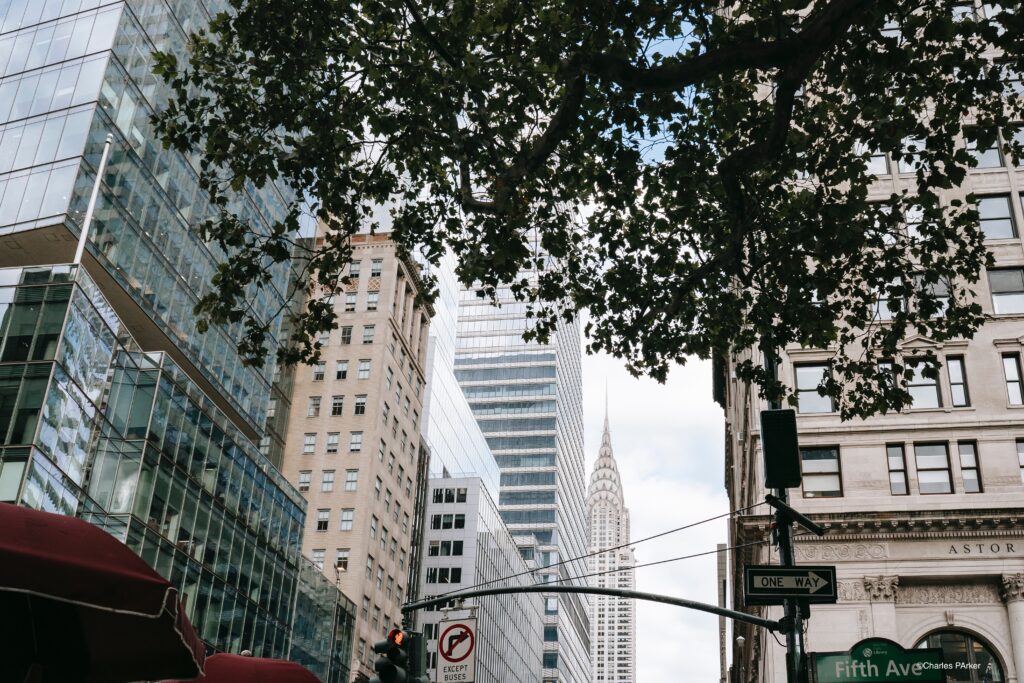Truly free market would turn
empty offices in new housing
By Kerry Jackson | August 10, 2023
What if the housing market were truly a free market, liberated of zoning laws, rent control, “tenant-protection” carve-outs, energy mandates, tax policy, unnecessary permitting and will-never-be-approved environmental reviews?
One economist reckons that “skyscrapers really would start going up all over high-priced cities – and millions of urban commuters would swiftly relocate to occupy these new buildings.”
Even “families with children would naturally be less-eager to go urban,” writes Bryan Caplan in The Library of Economics and Liberty, “but even they might be tempted by large, cheap apartments across the street from their jobs.”
Caplan also supposes that the response of “plenty of other folks” would be to swarm into the “suddenly cheap” suburban homes left vacant by the rush back to the cities.
A further downstream effect of deregulation would be the opportunities developers would have to subdivide existing suburban lots and build “lots more single-family homes,” he continues. Meanwhile, other developers acquire older neighborhoods of single-family homes, “bulldoze them, and replace them with massive cheap apartment complexes.”
So how would cities fare under such a deregulatory regime?
For one, it’s likely the post-pandemic flight from metropolises would reverse. Between July 1, 2020 and July 1, 2021, the country’s biggest cities lost more than a half million people due to the draconian pandemic rules that limited their ability to move freely. San Francisco lost 6.3% of its population, the largest loss in terms of portion, while New York City posted the biggest numeric loss with more than 305,000 runaways.
The losses slowed the following year, ending July 2022, but few cities regained population. Imagine the possibilities if policy barriers were removed.
A fully free housing market is an appealing model to those of us who hold liberty in high regard. There’s a utilitarian case to be made for it, too. But why would all those people move into cities given the high office vacancy rates – at a 30-year-high of 17.8% nationally – in so many urban cores? In San Francisco, for instance, more than a quarter of the office space is open. In Los Angeles, the rate is a shade below that.
Just four years ago, before policymakers used the pandemic to force behavioral changes that will have negative ripple effects for years, the “demand for cities seemed stronger than ever,” say a Brookings Institution analysis. New office space that was being built in central cities across the country became caught up in a “doom loop” of decline.
So what to do with all this open space? The market, as it always does when it’s free of government manipulation and distortion, has the answer.

An empty building in downtown Manhattan is being converted into 588 apartments where 1,000 people are expected to make their homes.
An official with the firm that’s making the conversion says the project is not only “pouring life” into an empty building, but into “this entire neighborhood.” Let’s not forget that neighborhoods can’t be created by public policy: their rich flavors occur spontaneously.
This office-to-residential conversion is happening across the country, and “is marked by an emphasis on affordability,” as the Associated Press reported. But it’s not a true free-market process. Cities are offering tax breaks for the conversions and in return developers have to set aside a portion of the units that will be available at below-market prices.
This is a shortcoming of California Assembly Bill 1532, which waives zoning restrictions for office-to-residential conversions as long as they “dedicate at least 10% of the total amount of housing units created by the project to persons and families of low or moderate income.”
A truly free housing market would not only bring new life to a weary metropolis, it would also give the economy a needed boost. Edward L. Glaeser, an economist writing for City Journal, says our gross domestic product is lower than it could be because we don’t have a “rational housing system.” Apparently significant economic contributors are locked out of areas where their talents could best be put to use.
“Since people can’t afford to move into areas that don’t build, America’s most productive places have remained too small,” he says. What the country needs, according to Glaeser, is “the freedom to build,” something it hasn’t had in more than 100 years, going back at least to the first decade of the 20th century when California became the “birthplace of zoning.”
Cities need vibrancy to grow and evolve, and there is nothing about zoning or any other government regulatory chokehold on the innovations and private interactions that feed that vibrancy. It’s by no coincidence that the city most in America would immediately identify as failing in 2023 – San Francisco – is also the most restrictive city to build in in terms of public policy and judicial interventions.
The temptation is to insist that policymakers try something new since what they’ve been applying for decades produces a sclerosis that hinders forward movement in our cities. But that won’t happen in California, at least not in the beginning, because of the intransigence to housing-market deregulation. The inspiration is going to have to come from elsewhere.
Kerry Jackson is a fellow with the Center for California Reform at the Pacific Research Institute.
